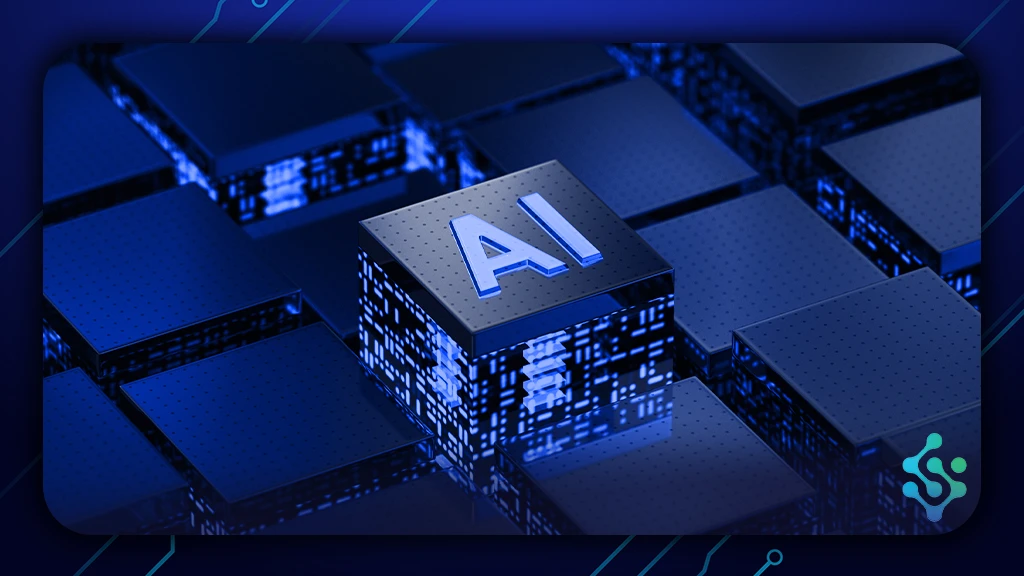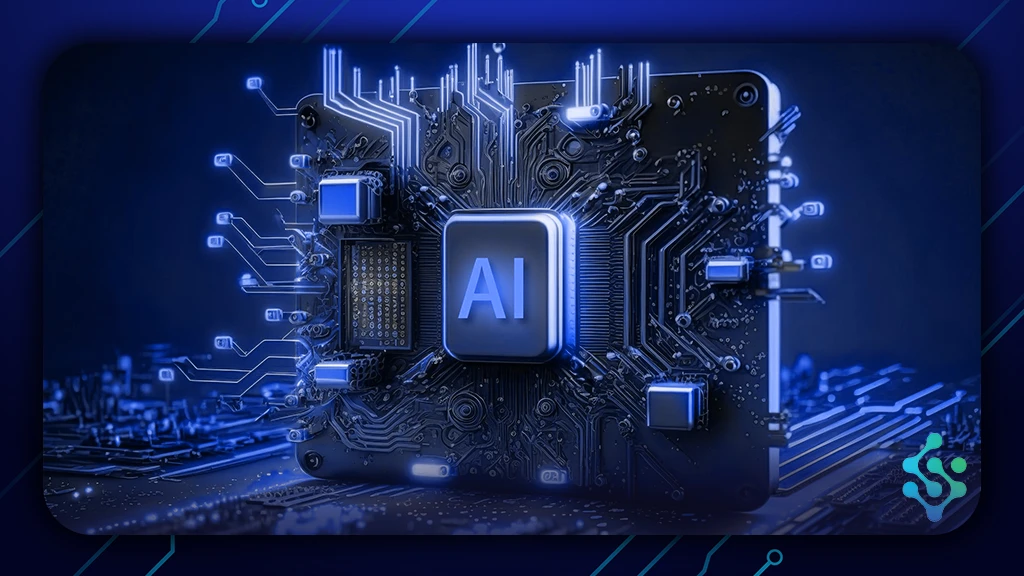In the vast landscape of Artificial Intelligence (AI), one particular category stands out for its practical applications and focused capabilities: Narrow AI, also known as Artificial Narrow Intelligence (ANI) or weak artificial intelligence (weak AI). In this exploration, we delve into the realm of Narrow AI, unraveling its significance, functionalities, and real-world applications.
What is Narrow Artificial Intelligence (Weak AI)
Narrow AI refers to AI systems designed to perform specific tasks within a limited domain or scope. Unlike its more advanced counterparts, such as General AI or Super AI, Narrow AI lacks the broader understanding and consciousness associated with human intelligence. Instead, it operates under a set of predefined rules or learning algorithms to accomplish its designated task efficiently.
Weak artificial intelligence, often referred to as Weak AI or Narrow AI, plays a crucial role in numerous industries and sectors, offering tailored solutions to specific problems. These AI systems excel in handling tasks such as data analysis, language translation, virtual assistance, and more. By focusing on specialized functionalities, Narrow AI demonstrates remarkable efficiency and effectiveness, driving advancements in areas ranging from healthcare and finance to transportation and entertainment.

Examples of Narrow AI (Weak AI)
Examples of Narrow AI, also known as Weak AI, abound in various aspects of our daily lives, showcasing the practical applications and focused capabilities of artificial intelligence. Here are some prominent examples:
Virtual Personal Assistants: Virtual personal assistants like Siri, Alexa, and Google Assistant are classic examples of Narrow AI. These AI-powered applications excel in performing specific tasks such as setting reminders, scheduling appointments, providing weather updates, and answering questions based on predefined algorithms and data.
Recommendation Systems: Recommendation systems employed by platforms like Netflix, Amazon, and Spotify utilize Narrow AI to analyze user preferences and behavior, offering personalized recommendations for movies, products, and music. These systems leverage machine learning algorithms to predict user preferences and optimize content recommendations accordingly.
Chatbots: Chatbots deployed in customer service, messaging apps, and websites rely on Narrow AI to engage in conversations with users, answer queries, provide assistance, and perform tasks such as booking appointments or making reservations. These AI-powered chatbots use natural language processing (NLP) algorithms to understand and respond to user inquiries effectively.
Image Recognition: Image recognition technologies, such as those used in facial recognition systems, autonomous vehicles, and medical imaging, employ Narrow AI to analyze and interpret visual data. These AI algorithms can identify objects, faces, and patterns within images, enabling applications ranging from security surveillance to medical diagnostics.
Language Translation: Language translation services like Google Translate leverage Narrow AI techniques to translate text or speech from one language to another accurately. These AI-powered translation algorithms utilize machine learning models trained on vast amounts of multilingual data to provide real-time translations across various languages.
Fraud Detection: Financial institutions and e-commerce platforms use Narrow AI algorithms for fraud detection and prevention. These AI systems analyze transactional data, user behavior patterns, and other indicators to identify suspicious activities and potential fraud, helping mitigate risks and safeguard against fraudulent transactions.
Email Filtering: Email filtering systems, such as spam filters, employ Narrow AI to classify and prioritize incoming emails based on content, sender reputation, and user preferences. These AI-powered filters automatically detect and quarantine spam, phishing attempts, and other malicious emails, enhancing email security and user experience.
Medical Diagnosis: Narrow AI algorithms are increasingly used in medical diagnosis and healthcare applications to analyze patient data, medical images, and genetic information. These AI systems aid healthcare professionals in diagnosing diseases, predicting patient outcomes, and recommending personalized treatment plans based on clinical insights and evidence-based practices.
Advantages and Disadvantages of Narrow AI (Weak AI)

Advantages of Narrow AI (Weak AI)
In the realm of Narrow AI, the strengths shine brightly, illuminating paths to unparalleled efficiency and accuracy. These systems, meticulously crafted to excel in singular tasks, often outshine human capabilities with their precision and speed. Picture a specialized AI designed to discern cancerous masses from X-ray or ultrasound images. Its discerning eye not only detects anomalies swiftly but also with a level of accuracy that surpasses even the most seasoned radiologists. Similarly, envision a predictive maintenance platform seamlessly analyzing real-time sensor data, foreseeing machine failures with uncanny accuracy. Such feats are beyond the grasp of human faculties, yet within the realm of possibility for these AI marvels.
Disadvantages of Narrow AI (Weak Ai)
However, within the brilliance of Narrow AI lies the shadows of limitation and vulnerability. While these systems excel within their designated domains, they remain bound by their programming and training data, unable to transcend their predefined capabilities. Consider a retailer’s customer-service chatbot, adept at handling routine inquiries about store logistics but faltering when faced with nuanced queries beyond its programming. Moreover, the specter of bias looms ominously over AI, lurking within the depths of its training data. Models, trained on vast datasets teeming with biases and inaccuracies, risk perpetuating skewed predictions, concealed beneath a veneer of computational precision. The insidious nature of this bias renders AI systems susceptible to erroneous outcomes, leaving users in the dark regarding the true source of these discrepancies.
Weak AI vs. Strong AI
Weak AI, represents a specialized form of artificial intelligence designed to perform specific tasks within a defined domain. These systems excel in tackling singular objectives with remarkable efficiency and precision, often outperforming human capabilities in those specific areas. In contrast, Strong AI, embodies a higher level of intelligence akin to human cognitive abilities, possessing the capacity to understand, learn, and apply intelligence across a wide range of tasks and domains. While Weak AI is proficient within its narrow scope, Strong AI aims to replicate the versatility and adaptability of human intelligence, marking a significant leap in AI development. The distinction between Weak AI and Strong AI lies in their breadth of capability and the level of cognitive sophistication they embody, with Strong AI representing the pinnacle of AI achievement, aspiring to rival and perhaps surpass human intelligence in its entirety.
Narrow AI vs General AI vs Super AI
Narrow AI, General AI, and Super AI represent distinct stages in the evolution of artificial intelligence, each characterized by varying degrees of capability and complexity. Narrow AI, also known as Weak AI, excels in performing specific tasks within a limited domain, exhibiting specialized intelligence tailored to a singular objective. In contrast, General AI, or Artificial General Intelligence (AGI), embodies a broader form of intelligence akin to human cognition, capable of understanding, learning, and applying knowledge across diverse tasks and domains. AGI represents a significant advancement beyond Narrow AI, as it seeks to replicate the adaptability and versatility of human intelligence. Finally, Super AI, or Artificial Superintelligence (ASI), represents the ultimate frontier in AI development, surpassing human intelligence across all fields and domains. ASI possesses not only cognitive superiority but also the ability to self-improve, leading to exponential advancements and potential paradigm shifts in human society. The progression from Narrow AI to General AI and ultimately to Super AI signifies a journey towards unlocking increasingly sophisticated levels of artificial intelligence, with each stage heralding new possibilities and challenges for the future of AI.
The Future of Narrow AI
As we navigate the evolving landscape of artificial intelligence, the significance of Narrow AI becomes increasingly apparent. Its focused capabilities and practical applications empower industries and organizations to tackle complex challenges, drive innovation, and enhance efficiency. By embracing Weak AI, we unlock new possibilities for automation, optimization, and intelligent decision-making, paving the way for a future where technology works in harmony with human endeavors.
In conclusion, Narrow AI, or Weak AI, represents a foundational component of artificial intelligence, offering specialized solutions to specific tasks and domains. Its practical significance, coupled with its potential for innovation and efficiency, underscores the importance of understanding and harnessing the capabilities of Narrow AI in our journey towards a smarter, more connected future.


No comment